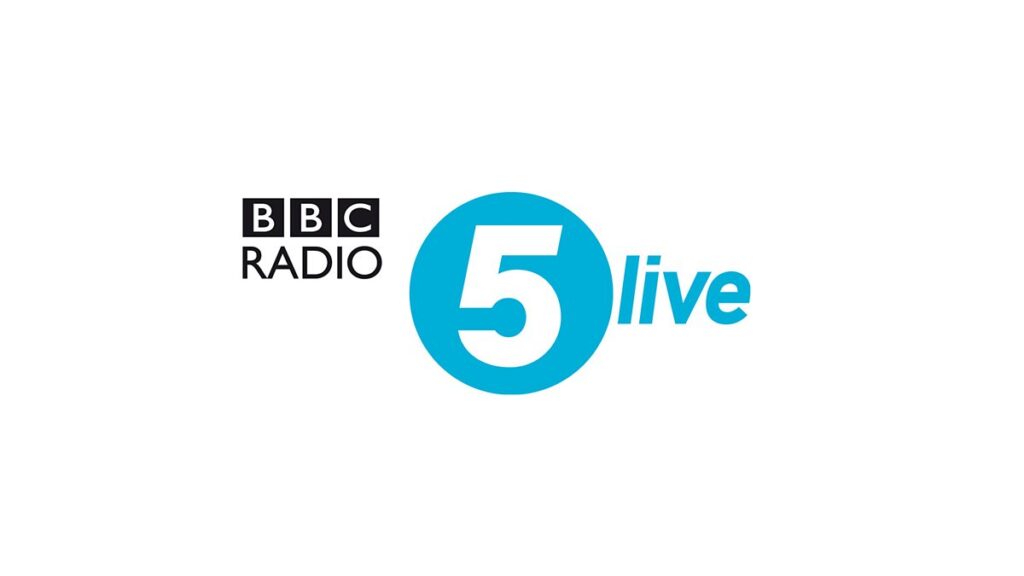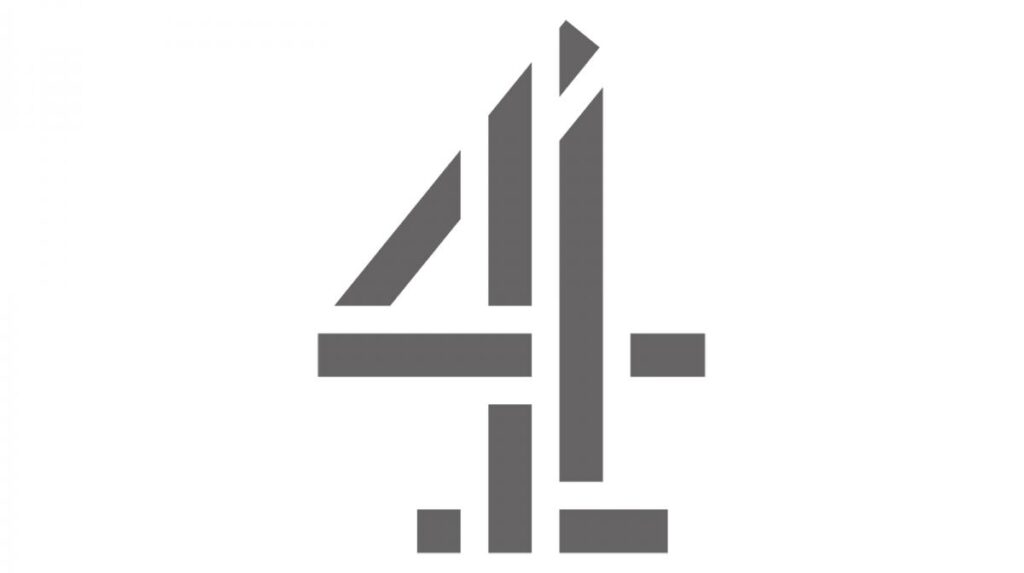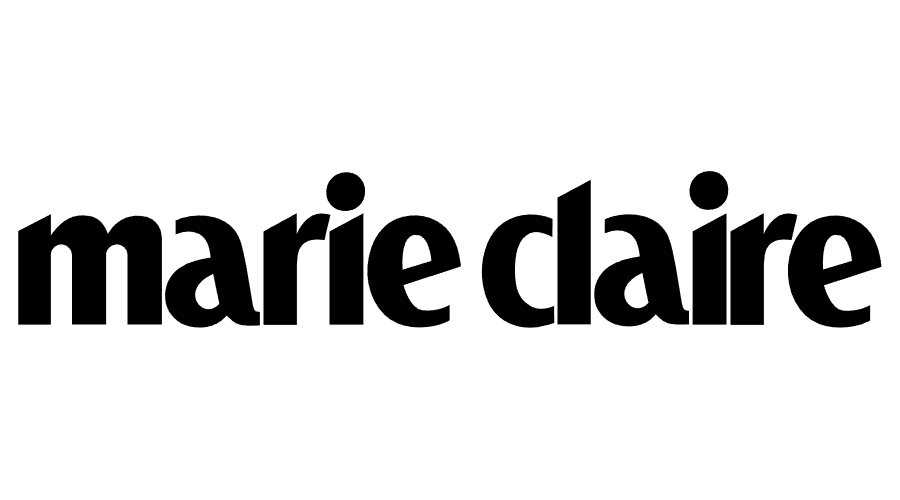What Is Dermabrasion?
Dermabrasion is a technique used to remove the outermost layer of skin and is used to soften the edges of surface irregularities. It can help to smooth out wrinkles, treat age spots, superficial scars, large pores and acne. There are different types of dermabrasion ranging from microdermabrasion to dermaplaning.
How Is Dermabrasion Performed?
Microdermabrasion may be performed without anaesthetic, dermabrasion can be performed under local anaesthetic and may be combined with a sedative and dermaplaning may require a general anaesthetic. It can usually be performed in under 30 mins but can take less time if only a small area is being treated. In microdermabrasion a fine sand blaster is used to remove the outermost layer of skin, in dermabrasion a rough wire brush is used or a burr containing diamond particles is used to remove the outermost layer of skin. Dermaplaning uses a dermatome to remove the outermost layer of skin in fine slices. Following treatment an ointment is applied to the skin
How Does It Work?
By removing irregularities and exfoliating the skin there is a stimulation of collagen production that aims to make the skin appear taut and smooth.
What Are The Risks Of Dermabrasion?
Dermabrasion is normally safe. The skin may tingle or burn afterwards and there is usually redness and swelling that settles over a period of days to weeks. A scab or crust may develop and your skin will itch as the wounds heal. It is important to leave the scab in place. Men should not shave after surgery and use an electric razor when first shaving after surgery. The skin will remain pink for a number of weeks. Hypopigmentation or hyperpigmentation can occur as can scarring. It is important to stay out of direct sunlight for a number of weeks after treatment. Infection and abnormal scarring is uncommon but can occur. The least invasive microdermabrasion has relatively no sown time and has the least risks associated with it.
























